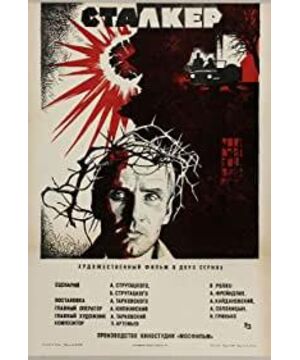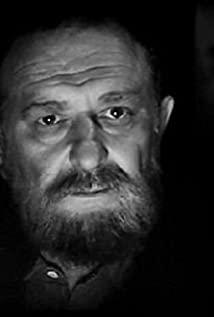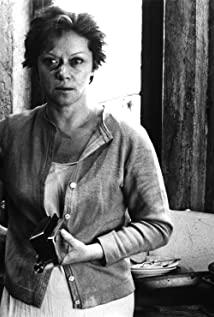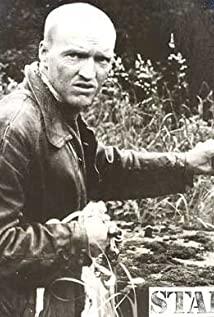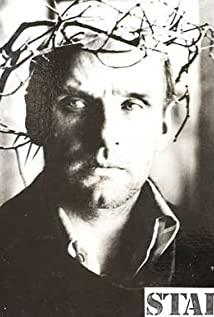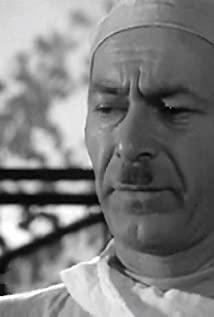One of the means by which the film achieves its aesthetic purpose is to create an arbitrary space - a space in which human perception of time and space (that is, the usual story structure) is lost, and what remains is to abandon the pure perception of time and space, That is, the aesthetic state. In this film, the zone itself is an arbitrary space, which integrates human nature, destruction and redemption, so the moment the audience enters the zone, the audience has been taken into an arbitrary space. This is extremely rare, because the arbitrary space of ordinary films (already art films, only art films can consciously extract arbitrary space) can only be revealed when the climax points out (such as some empty shots of Ozu, or Antonioni The strong color of the final elimination); so the tower is great here because he brings the audience a never-ending climax that lasts more than two hours. In fact, it is not only the setting of the zone, but Tarkovsky's scene head itself is an arbitrary space. The way the camera moves and the performance of the actors in this lens has already broken through the limitations of the real space. Telephoto, The close focus, even the transformation and inversion of space, has completely reached a state of gaseous perception, and different angles of different things can show themselves in a non-stop continuum (even the time attribute has been eliminated) - that is, The ultimate expression that a montage should have, is only made more surprising by the continuity of the image surface. (No, Tarkovsky's long shot is in many cases what Eisenstein calls an in-camera montage)
the room is an extremely powerful scene. If the whole movie is a huge climax, it's the climax of the climax from the moment we reach the room. Through dialogue, its meaning (the integration of human nature, destruction and redemption) has basically been revealed, and the inner contradictions of all characters have been explained. But that's not what I want to say. What I find extremely interesting is that the tower does not follow the usual routine, giving a shot facing the room at a critical moment to show the audience what it looks like - instead, he has the camera facing away from it (that is, facing the three character), move slowly into that room. From this, the room must be infinite. Then there was the rain. All human problems finally return to nature (which also corresponds to the number panorama that first became colorful and dazzling), a rain fell, and it shone with golden light. Then the rain stopped, and the crumbs of the bomb were thrown into the water with the same golden ripples. The ultimate form of visual poetry, where nothing needs to be said or even understood...
I thought it was time to stop coming back, but it turned out to be a prolonged intense climax - back to triviality, a family, love and destiny, the little girl is the room tower and the avatar, moving the cup in the mechanical world, downcast eyes The fire of love gleamed in the eyes, and flashed quickly in the closed eyes—a brooding, rumbling yearning.
View more about Stalker reviews


